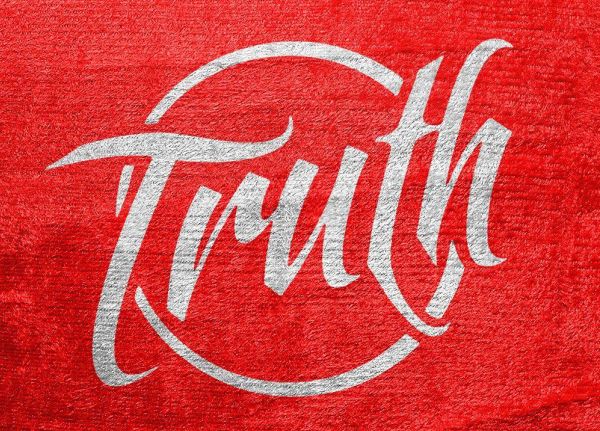A couple of years ago I was invited to make a series for the BBC about brands. In one episode we went to a London pub to recruit brand-loyal drinkers in a London pub who claimed that they drank only one particular beer.
Invariably these drinkers cited the taste of their chosen beer brand as the reason for their loyalty, and when asked if they could identify their choice without the aid of the logo, each was certain they could.
We took these drinkers to the corner of the pub, where we had set up a blind-taste test. Three pints of beer marked A, B and C were set out on a table and the drinker was given one minute to identify their favored brand from two imposters.
What the drinker did not know was that not only were all three beers identical, but they were all from a rival brand to the one they usually drank.
After 60 seconds of intense tasting, each drinker identified the beer that they believed was their favored brand, only to open the envelope and discover it was a different one altogether.
The drinker was then given a second chance and, after another minute of drinking, once again pronounced with certainty that one of the two remaining beers was their usual. Once again they opened the envelope to discover their mistake.
Finally, with only just one beer left, we gave the drinker another minute to identify it. Convinced that this time they were definitely drinking their preferred beer, they selected the final pint only to discover that yet again they were mistaken.
For me, the most fascinating implication of brand equity is its influence on customer perception. While it is true that brands are a guarantee of quality, it is also true that a brand can surreptitiously alter the way a consumer perceives that quality. How else can one explain a drinker who samples three identical pints and each time, once he believes that he is tasting his preferred brand, perceives one to be superior to all the others that he has tried?
A recent survey of customer satisfaction with mobile network operators revealed that Virgin Mobile was perceived to have a superior performance to that of T-Mobile. Nothing surprising there, perhaps, except that Virgin does not actually operate its own network – it rents it from T-Mobile. Same product, different brands, different perceptions.
In the world of the consumer, there is no such thing as an objective measure of quality. Everything that they experience is evaluated through a lens of subjectivity, which can be distorted significantly by the presence of brand equity.
There are a multitude of advantages for building a strong brand, from staff retention to price premium. The halo effect of brand equity on consumer perception is perhaps one of the most over-looked and yet most powerful arguments for brands. Build a strong brand for a customer and they will see every positive two-fold and often overlook the occasional lapses.
There is an apocryphal story about a consumer who leaves her office at lunchtime in search of an egg sandwich. She goes into Marks & Spencer, a store she is not too keen on, and cannot find any egg sandwiches. She asks a shop assistant, who tells her that all the egg sandwiches have been sold. Disappointed, she heads back to the office and tells everyone she meets that afternoon how hopeless M&S has become.
On another occasion, the same consumer visits Pret A Manger, a brand she adores, looking for an egg sandwich. She can’t find one, so she asks an assistant who tells her that they are sold out. The woman smiles at the assistant and says ‘What a shame! I got here too late.’
30 SECONDS ON … BLIND-TASTE TESTS
– In 2006 a blind-taste test resulted in a panel of experts expressing a preference for US wines over their French counterparts.
– The test, and its results, mirrored that of a blind-taste test held in 1976, which also placed Californian wines ahead of the French.
– The winners then were a 1973 Stag’s Leap Cabernet Sauvignon in the red category and a 1973 Chateau Montelena Chardonnay in the white.
– The tastings took place at one location in London and one in California, with the judges sampling 10 unlabelled glasses of wine.
– Singer Sir Cliff Richard suffered an embarrassing moment as the result of a blind-tasting test. Having been asked to try some wines as part of the latest series of Channel 4’s The F-Word, fronted by celebrity chef Gordon Ramsay, it transpired that a red wine described by the singer as ‘tainted’, ‘insipid’ and ‘like vinaigrette’ was in fact from his own vineyard.
The Blake Project Can Help: Contact us for more on BrandInsistence brand equity measurement
Branding Strategy Insider is a service of The Blake Project: A strategic brand consultancy specializing in Brand Research, Brand Strategy, Brand Licensing and Brand Education





One comment
Gaby
April 22, 2008 at 7:50 am
Have you read Malcolm Gladwell’s ‘Blink’? If not, you might like it. He makes similar points about Coke and Pepsi’s performance in blind taste testing. Even though with every purchase people buy into the image and ethos of a brand, they still have to like the product.
Comments are closed.